This post is about some fiction and non-fiction books that I had liked reading in 2023. I want to start with a book which had a strong impact on me.
“How I Rescued My Brain” by David Roland
I loved this book. Often, I had to stop, reflect, go back and re-read. It made me think of long-forgotten episodes from my life and how they had shaped me and my life-choices.
The book was published in 2014 and I had it in my “waiting to read” pile since 2020. It is a memoire of an Australian psychologist about his personal experience of neurological and psychological disturbances, including stress & burnout from listening to stories of extreme violence and suffering, facing financial ruin and finally, a brain stroke, which was not immediately diagnosed.This book resonated with me in a personal way. Professionally, as a doctor, I could understand the difficulties of dealing with the pain and suffering of people. I also used to swing between over-empathy and complete detachment in similar situations. David's ideas about compassion made me reflect on those periods and wonder if I could have dealt with them differently.
I have also seen the impact of progressive cognitive decline in persons dear to me, and wondered about its inevitability, as I grow older. Thus, the cognitive challenges faced by David in the book and his attempts to find ways of dealing with it, also resonated with me.
Finally, his ideas about the episodes of deep psychological trauma, which we carry unresolved in our minds, sometimes from childhood, also stimulated me to think of different ways in which we deal with them.
It also has a lot of stuff, especially in the second half, about the potential role of meditation, mindfulness and Buddhism in dealing with psychological & cognitive challenges. I think that it can be a wonderful tool in our paths of self-discovery and development. As I look back on the year gone by, it was the most important book I had read in 2023.
Next part of this post starts with the fiction books and then continues with Non-fiction books that I had liked reading in 2023.
PART 1: FICTION BOOKS
3 Books About Bees and Bee-keepers
“The Last Bee-Keeper” by Julie Carrick Dalton is based in a dystopic future-world where all the bees have died and food-grain production can only occur in special green-houses where people work as pollinators.
There was a time when I used to read a lot of sci-fi and fantasy books. While I like films set in future dystopic worlds, I am not so fond of reading about them. However, this book was an exception, it drew me in and didn't let me go till the end.
“The Murmur of Bees” by Sofia Segovia has been translated from Spanish and is about the Mexico of early 1900s and its war of independence. Written in lyrical prose in the magical-realism style, the book tells the story of Simonopio, a boy born with a cleft lip and palate deformity, who has a special relationship with the bees. The book has a rich cast of characters from his adopted family called Morales, and the people working for them, including some superstitious peasants who think that Simonopio is the incarnation of devil and brings bad luck.
I loved this book's slow pace, and its rich exploration of different characters. From the first chapter, about an old woman who seems to live on a rocking chair, the story grabbed me immediately and did not let me go till the end.
The Morales family persons in the book are too good to be true, always kind and attentive to each other and to their servants, with no trace of prejudice against the deformed child and respectful of his gift of communicating with the bees, while the only evil lies in the heart of illterate peasants. These stark characterisations, gave the book a fairy-tale kind of feeling.
“The Last Bee-Keeper of Aleppo” by
Finally they reach England, but they still need to find their cousin Mustafa who is also worried and searching for them. Mustafa teaches bee-keeping to the refugees. In the story, bees are the connection between the past and present of Nuri and Afra. It is a book about hope and happiness, even after facing huge tragedies.
“Pavilion in the Clouds” by Alexander McCall-Smith
Some 15-20 years ago, I had read a series of mystery books by the prolific Scottish author Alexander McCall-Smith, known for his detective and crime stories. Isabel Dalhousie was a very unsual detective in that series because she was a middle-aged philosopher-professor in Scotland, who edits a journal on ethics. I had loved reading those books.
This stand-alone book “Pavilion in the Clouds” was an exception and I was happy to finally find one of his books which I liked. It is about a colonial family living in a tea-estate in Ceylon (Sri Lanka) in early 20th century. Bella, the family's daughter has a English governess Ms White. The wife thinks that her husband is having an affair with the governess. The girl, influenced by her mother, tells a lie and creates the circumstances so that Ms. White can be sent away from their tea-garden. Only, some decades later, a meeting with Ms. White, will make Bella understand what had really happened during that period.
It has a gentle and unhurried kind of story and the surprise revealed near the end was very effective and satisfying.
Remarkably Bright Creatures by Shelby Van Pelt
This book is about 3 main characters in a small American town - an octopus called Marcellius living in a marine acquarium, a Swedish immigrant woman called Tuva, who had lost contact with her son some decades ago, and a good-for-nothing young man called Cameron.
Tuva has a special connection with Marcellius and feels that he is very clever - for example, she knows that at night, he can open the lock and go out of his enclosure, then come back and relock the enclosure, just like a crafty teenager.
Cameron, the young man, is going around in his camper looking for his father. He reaches that town and since Tuva has sparined her ankle, finds temprary work in the acquarium. Marcellius can immediately make-out that Cameron is the son of Tuva's long-lost son. The book is about the efforts of the octopus to help Tuva to reunite with her grandson.
It is a feel good book, not always very consistent with its characterisations, but I still liked reading it.
Last year I also saw a Netflix documentary about a sea-diver who makes friends with an octopus and discovers that they are intelligent creatures. Because of that documentary and this book, I don't like the idea of killing and eating octopuses.
Beyond that, the Sea by Laura Spence-Ash
This book tells the story of a young girl called Beatrix, who lives in London, and is sent to live with a American family in Boston (USA) during the second World War. Initially angry and unhappy, slowly Bea becomes a part of her new American family and falls in love with one of the boys. Heart-break comes when the war finishes and she has to come back to London.
It is a family story and a little love story. The book tells about the events from the point of views of different characters and is very well-written.
In an interview, the author had explained about the inspiration for this book, "Over 20 years ago, I read an article in The New York Times about a group of British adults returning to the States to see where they had spent time during World War II when they were young. I was fascinated by this — I was aware that children in London were evacuated to the country, but I hadn’t known that children were sent so far afield and often traveled alone."
One good thing by Alexandra Potter
My last fiction book from 2023 is about Olive, a divorced, unhappy and depressed woman who decides to shift to a Yorkshire village where she used to go for holidays as a child. On an impulse, she has sold her city house and bought an old cottage in the village, hoping to make a fresh start.
The book is about her life in the village and in a new community, the challenges she faces and her decision to adopt an ill-treated disabled dog called Harry. The dog helps her to find friendships in the village community and leads to her healing.
The last quarter of the book was a little predictable with everything turning out to be perfect, including Olive finding her long-lost sister and the beginning of a new sentimental relationship. However, in spite of this, the book is very enjoiyable.
Reviewing my list of my favourite fiction books from 2023, I can see that it was an year of mostly reading books about family-dramas, relationships and love stories, instead of my usual preference for thrillers and action books. In 2023, I was a bit disappointed by the new books of many of my favourite thriller-and-action-book-writers. Or, perhaps, it means that my reading preferences are changing.
PART 2: NON-FICTION BOOKS
About non-fiction, I tried reading a lot of those books in 2023, but most of them bored me. Often I read them in bits and pieces and then, left them. Here are a few, which I liked.
The Invention of Yesterday - A 50,000 year History of Human Culture, Conflict and Connections by Tamim Ansary
This was one of my favourite books this year. It introduced me to the concept of social constellations, which are created by narriatives and meta-netarratives that we use to understand and explain the events and the world around us.
This book takes a wide overview of history, focusing on the inter-connections between events occuring in different places.
For example, the book explains the links between the policies of the Ming emperor in China and the tea-party revolution in Boston, leading ultimately to the independence of USA. America imported tonnes of tea, but the British started charging them big taxes for its sale, because of their trade-imbalances with the Ming regime in China, leading to the tea-party revolution.
Another interesting part of the book is where the author looks at the reasons for the industrial revolution and the rise of the west. There were three Islamic empires around 1500 CE - the Ottomans in Constantinaples, the Safvids in Persia (Iran) and the Mughals in India. Ansary concludes that all three of them were backwards looking empires which didn't produce any significant innovation and inventions.
On the other hand, the situation was different in China and Europe. China made some interesting inventions like the printing-press and gun powder. In Europe, after the crusades, inquisitions, and the plague epidemics, the social control of the church was lost and thus advances in science could be made. For Europe, learning from the Chinese inventions was the first step, but even more imporant were the incremental innovations, which Europeans added to the Chinese inventions. For example, Europe learned about the gun-powder from the Chinese and added the innovations of guns and bullets to it.
I often wonder about the orthodox-dominence in most Islamic countries. Ansary is from Afghanistan and in his opinion, over the past few centuries, the middle-eastern worlds of Islam, with its subjugation of women, have been moving against scientific progress and innovation. He feels that this situation is bound to be changed by the people over the coming decades, because it excludes them from the benefits of the scientific progress which is helping improve the lives in the rest of the world.
I felt that the last parts of this book dealing with the future - role of machines, biotechnology, climate-change, etc., were a little confused and repeatitive. Still, at almost 500 pages, it was a rare non-fiction book for me, which I didn't skip in parts and read till the very end.
Two Books by Charles Duhigg
The Power of Habit: Why We Do What We Do by Charles Duhigg: I liked this book which talks about how our habits are formed, how we can analyse and understand them, so that we can change them.
I especially liked the first part of this book which focuses on the habits of the individuals, such as - how each habit is associated with its cues and triggers, what is the role played by the rituals in habit-forming, and, the idfferent kinds of pleasure/satisfaction that a habit provides. It is imperative to understand all of these before we can try to change our habits.
Smarter, Faster, Better - Being Productive in Life by Charles Duhigg - Duhigg writes in a clear and uncluttered way and brings in psychological insights by giving real-life examples. He does not use the psychology-jargon, which is a big plus. I wish I could write as clearly as he does.
Like the "Power of Habit" above, I liked the first part of this book where he talks about 8 areas which can influence our productivity, such as motivation, working with teams, focus and power of mental models, goal setting, innovation and working with data.
The second part of the book where he has shared his own life experiences and his struggles for improving his research and projects-writing was less interesting for me (in fact, I skipped large parts of it).
Charles Duhigg is a Pulitzer Prize–winning journalist, involved in writing, doing podcasts and giving talks. I appreciated his books because of his clear way of writing. Most of the time I am bored by the self-improvement and self-learning books because they focus on easy formulas for bringing a change and in my opinion, those easy formulas do not work. However, I enjoyed some parts of these 2 books.We the Scientists by Amy Dockser Marcus
Finally, this last book in my list, is about the coming together of doctors, scientists and the parents of children with a rare fatal condition called Neyman Pick's disease. It talks about the impact of the disease and the challenges faced by doctors and scientists to try to find a cure for it.
It tells the stories of children as they try the new and experimental treatments, their hopes and tragedies. It focuses on a new drug called Cyclodextrin, which initially seems to be effective but is difficult to administer (a cathetor must be put in the children's brains, leading to infections and strokes). After all the difficulties, the results so far did not seem to have clear-cut benefits.
A big challenge in finding treatments for rare conditions is that all the data about those conditions and their treatments remains scattered in different places. The book talks about the challenges in sharing that kind of information.
There were positive aspects in these stories, which show that scientists and doctors, with the help of parents, were able to overcome many barriers and start communicating with each other, but the individual stories of the children described in the book still have tragic endings. It was like reading a thriller with a sad ending.
It is a short book (137 pages, plus notes) and I read it in one go. It left me feeling sad and yet hopeful. If we can improve the communication between clinicians and scientists working on identification of drug molecules and sharing of data, perhaps an answer can be found for rare conditions.
Conclusions
Increasingly I find it difficult to read most books - I start them and leave them after 20-50 pages. This happens to almost 90% of the books I try to read. At the end of the year, to have this list consoles me!
So I am keeping my fingers crossed for my book-reading in 2024. I have just started reading a new biography of Martin Luther King and it looks promising.
Wishing you all a Happy New Year 2024 and happy reading of books that you like!
If you have come so far, please do write a comment with a suggestion about a book that you have read and liked. I like communicating with my readers.














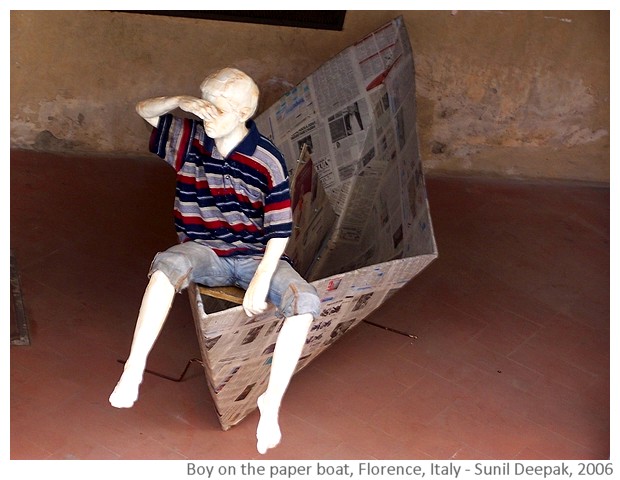
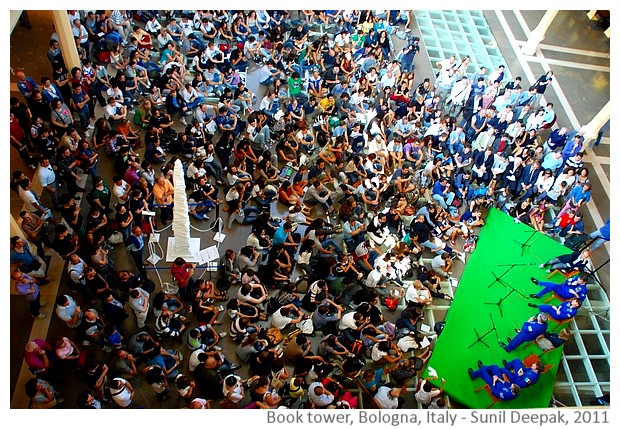
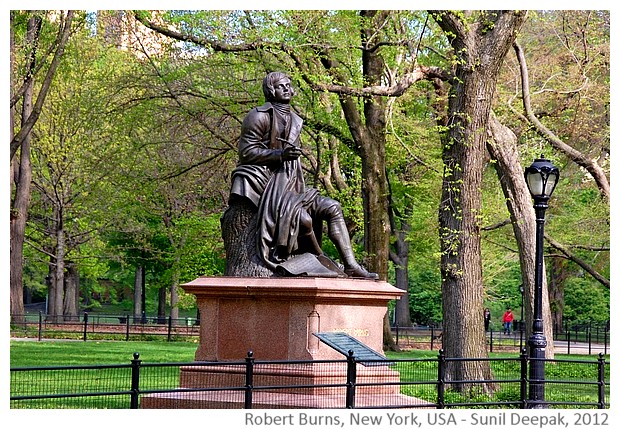
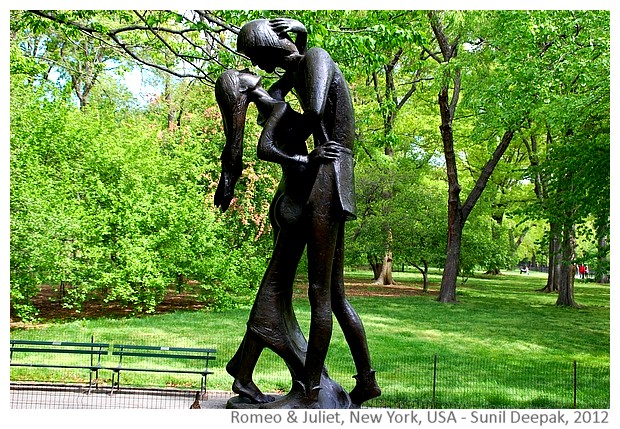
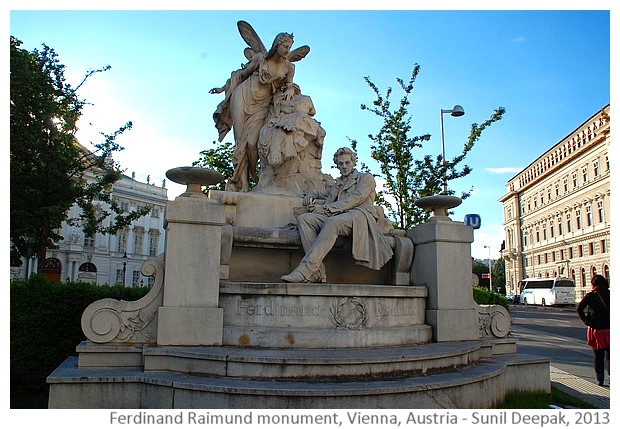
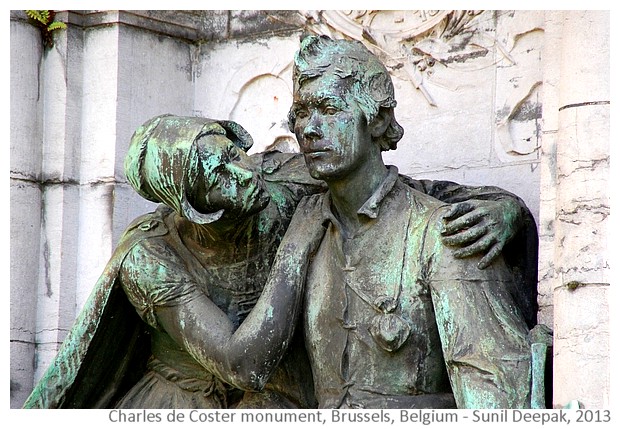
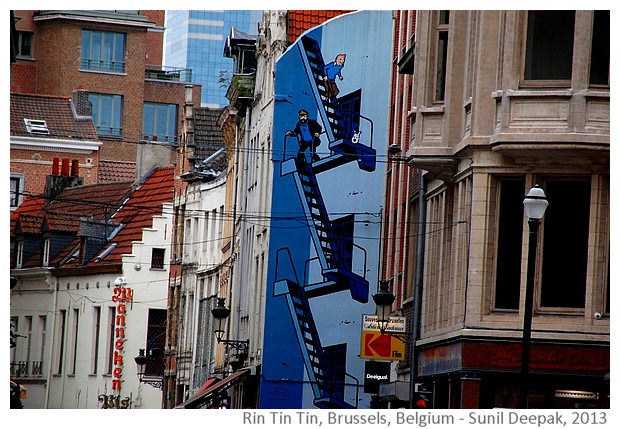
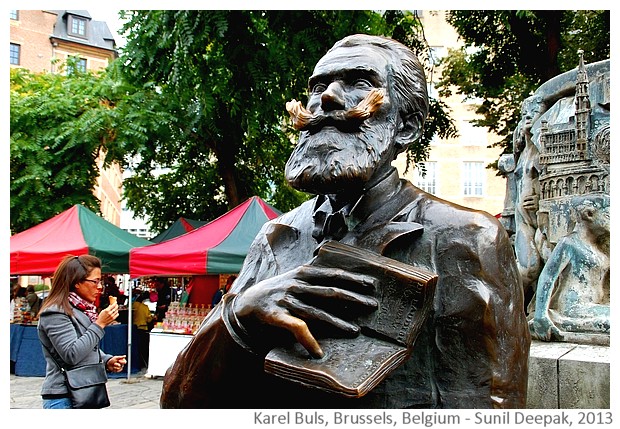
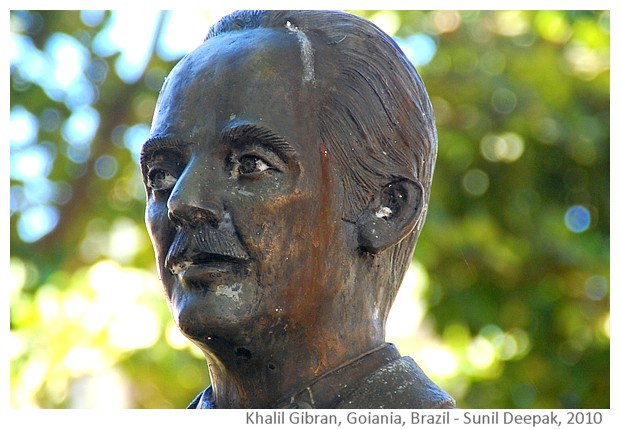
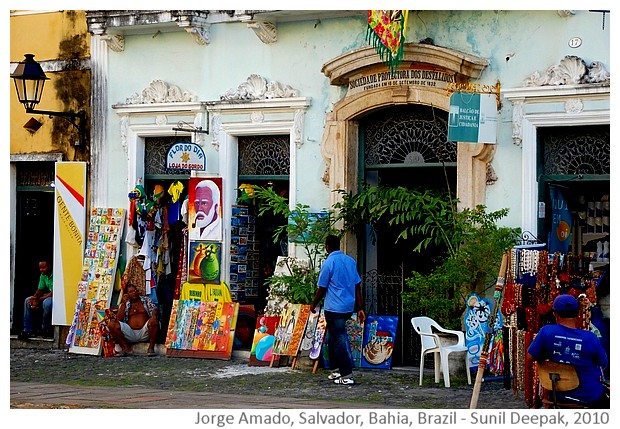
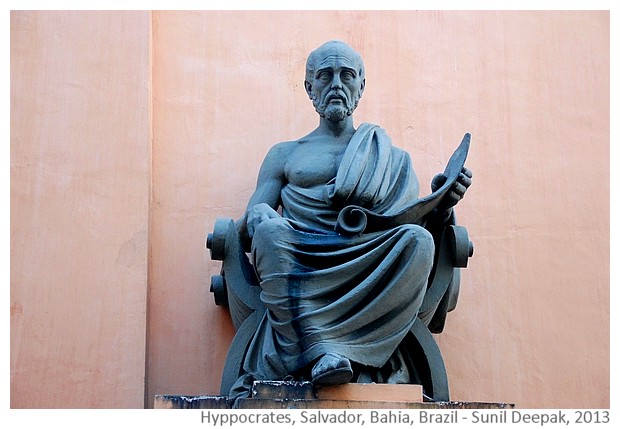
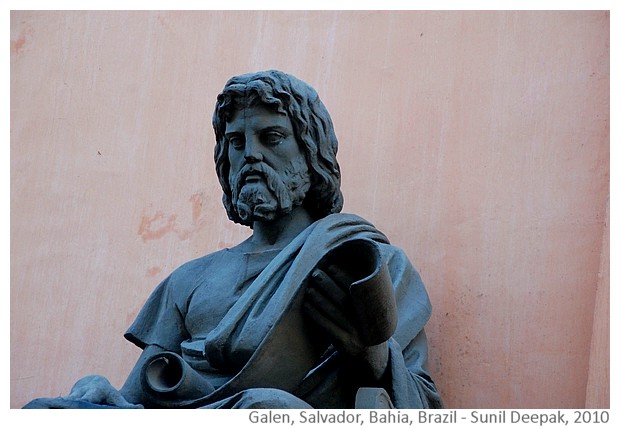
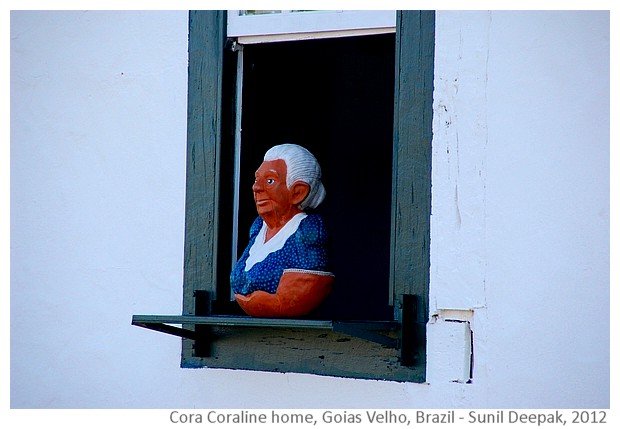
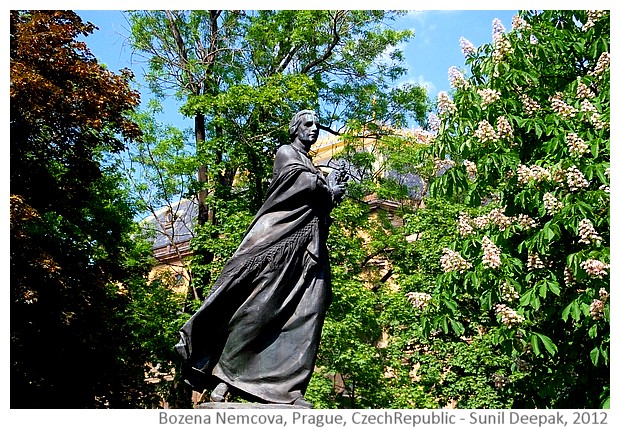

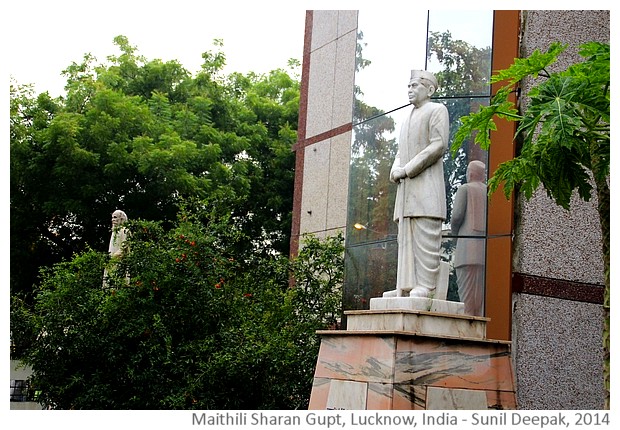
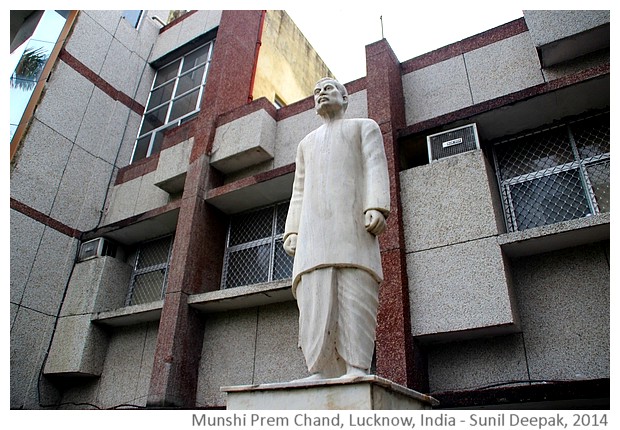
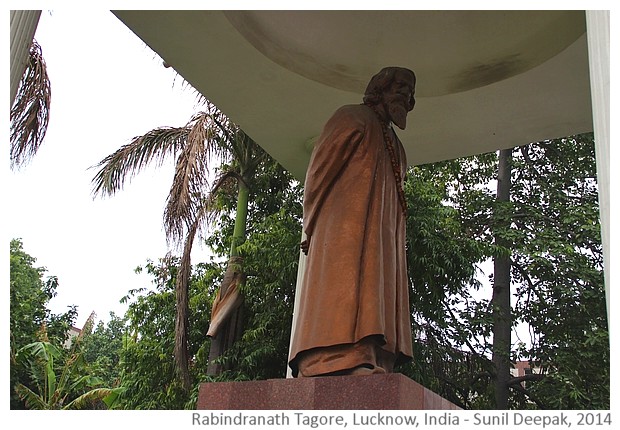
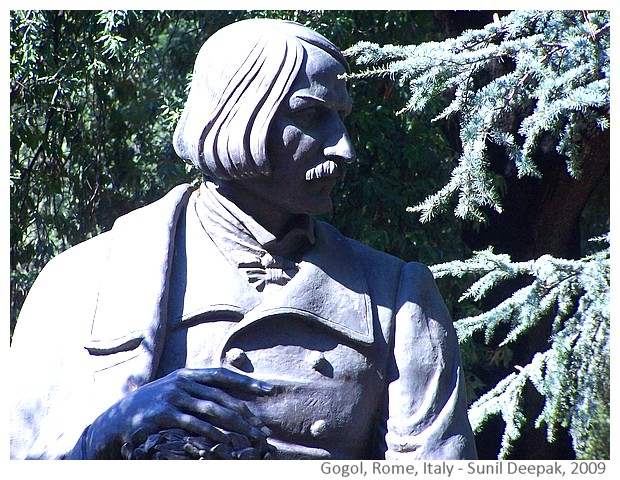

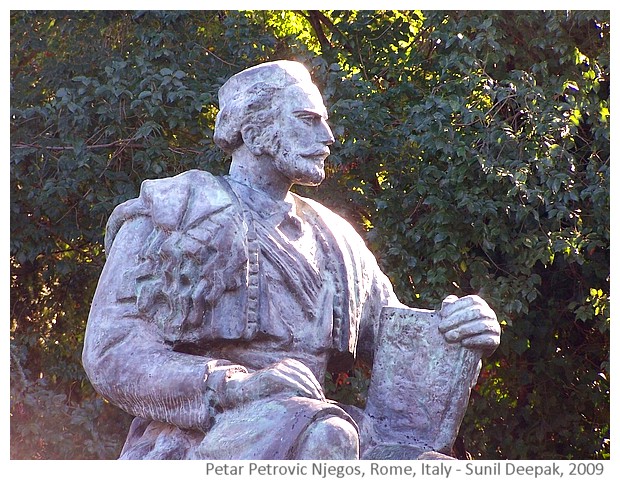
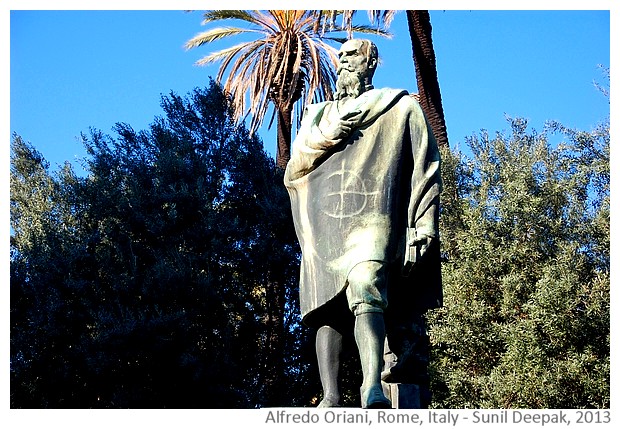
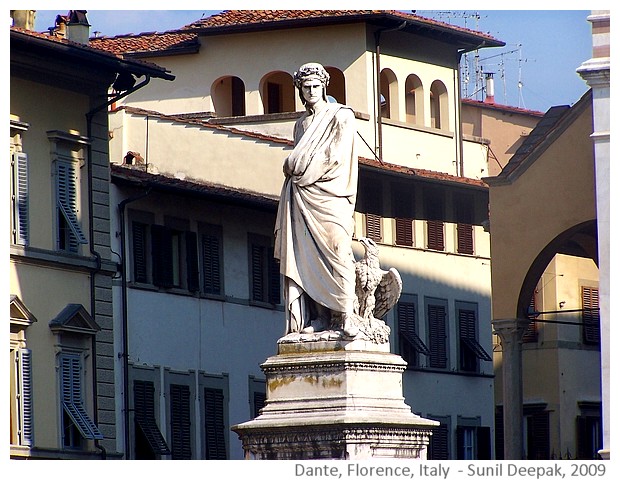
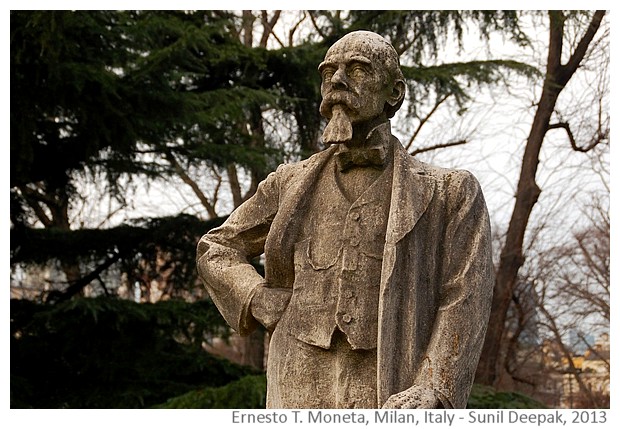
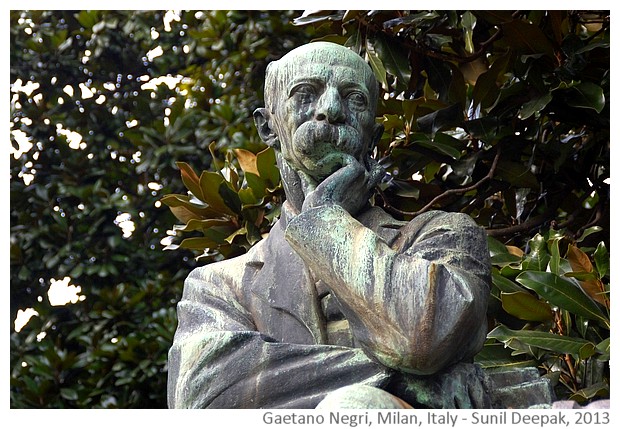
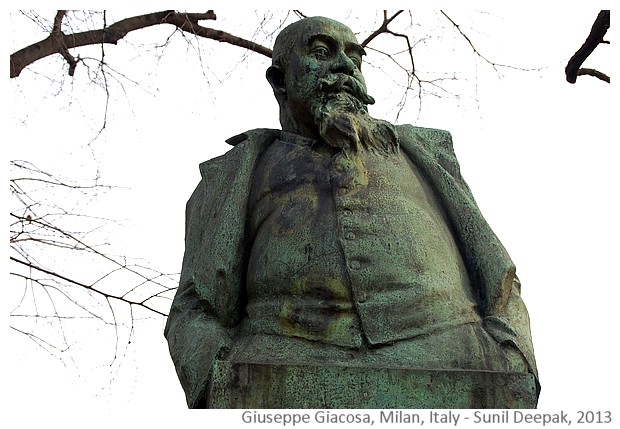
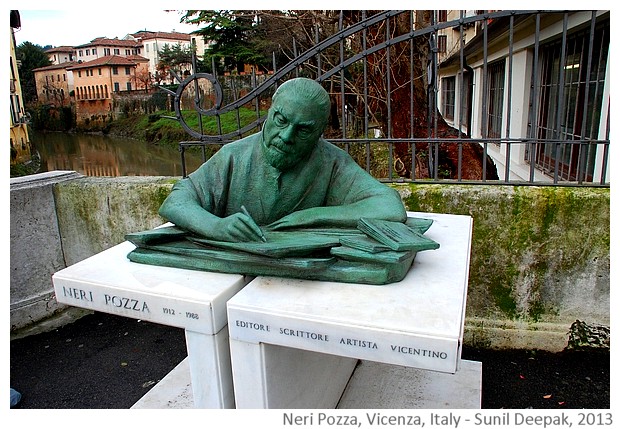
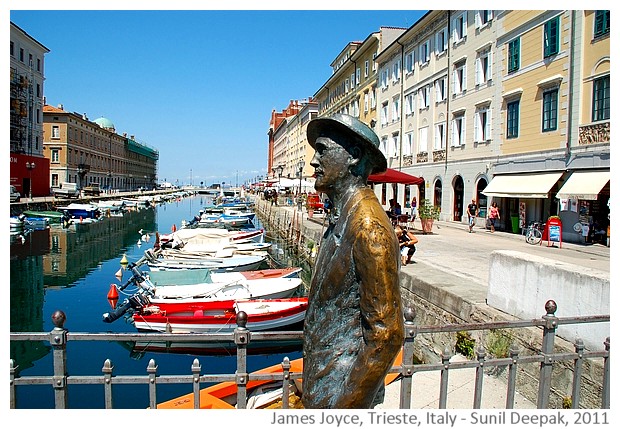
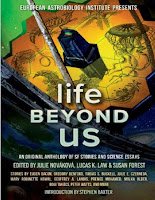





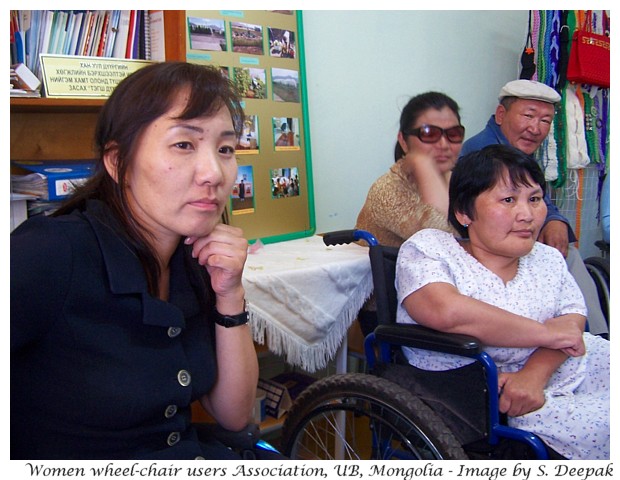

.jpg)






